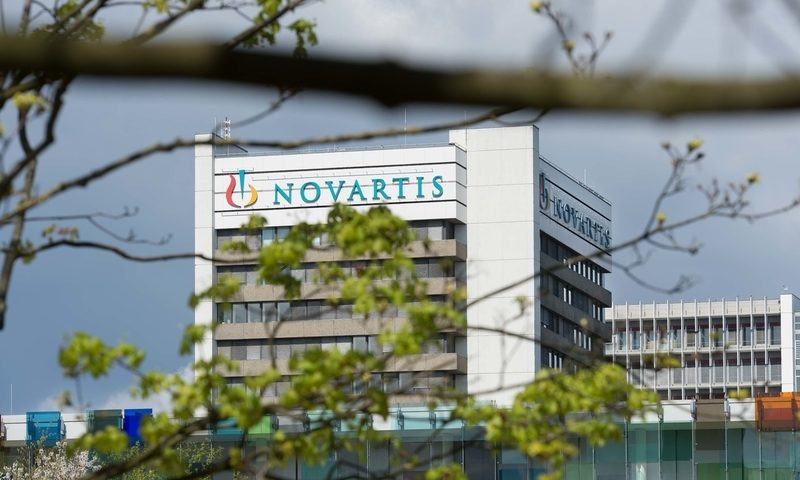Novartis has shared data from the failed phase 3 melanoma trial of its anti-PD-1 checkpoint inhibitor spartalizumab. The readout showed adding spartalizumab to Tafinlar and Mekinist achieved similar results to an earlier assessment of a similar combination but on this occasion the difference fell short of statistical significance.
Investigators began a phase 3 first-line trial of the three-drug regimen in 500 advanced melanoma patients after seeing evidence that checkpoint inhibition may complement targeted therapies such as Tafinlar and Mekinist. The targeted therapies disrupt the MAP kinase signalling pathway, causing cancer cells to shrink and upregulate antigens. In theory, that could boost the efficacy of drugs such as spartalizumab, which orchestrate immune attacks on cancer cells.
Novartis generated evidence to back up that hypothesis in collaboration with Merck, which provided its checkpoint inhibitor Keytruda for a phase 2. The work contributed to Novartis choosing melanoma as a proving ground for its own checkpoint inhibitor spartalizumab, only for the drug to fail in phase 3. Novartis is continuing to bet on spartalizumab despite the failure.
“Although this trial did not meet our primary endpoint, we continue to be committed to having PD-1 as part of our combination therapy strategy. We continue to be committed to the development of spartalizumab,” Jeff Legos, SVP, head of oncology drug development at Novartis, said.
At ESMO Virtual Congress 2020, Novartis began to explain why it may have suffered the setback. The combination of spartalizumab, Tafinlar and Mekinist outperformed the targeted therapies given as a doublet numerically on multiple measures but failed to move the needle statistically.
The progression-free survival (PFS) hazard ratio was 0.82, resulting in a one-sided p value of 0.042. The design of the trial meant the p value fell short of the 0.025 needed for statistical significance.
As expected given the effectiveness of Tafinlar and Mekinist at shrinking tumors, the curves for the two arms of the trial were similar over the first six months before diverging thereafter. One-year PFS in the triplet arm was 58.4%, compared to 50.1% in the doublet cohort. By two years, the triplet and doublet figures were 43.7% and 36.1%, respectively. The triplet beat the doublet numerically in terms of median PFS, too, clocking in at 16.2 months versus 12.0 months in the control arm.
The triplet performed numerically better on other measures, too. More patients were alive after two years in the triplet arm and responses to the three-drug combination were more durable. One issue is the durability of the responses to Tafinlar and Mekinist was longer than expected, too, coming in at 20.7 months compared to the 12 months historically seen in other studies.
Novartis is now going through the data to understand why the trial failed and glean lessons for other development programs. That effort includes subgroup analyses that have yielded hypotheses about why the trial failed. One analysis looked at patients with certain prognostic factors.
“In patient subgroups that tend to have a worse prognosis, the triplet provides a larger magnitude of benefit. Maybe the doublet performs very well for overall patients, but there may be certain patient subtypes that would benefit from the addition of anti-PD-1-based therapies,” Legos said.
That hypothesis is supported by Novartis’ analysis of patients with high PD-L1 expression or high tumor mutation burden. In those patients, spartalizumab appears to confer benefits, although again the analysis is only hypothesis generating.
In the absence of safety red flags, Novartis is forging ahead with the development of spartalizumab in “many, many other indications,” Legos said. The failure of the melanoma trial delays the approval of the checkpoint inhibitor, but with Novartis assessing spartalizumab in around 30 combinations there are many more opportunities to generate positive pivotal data on the drug.

